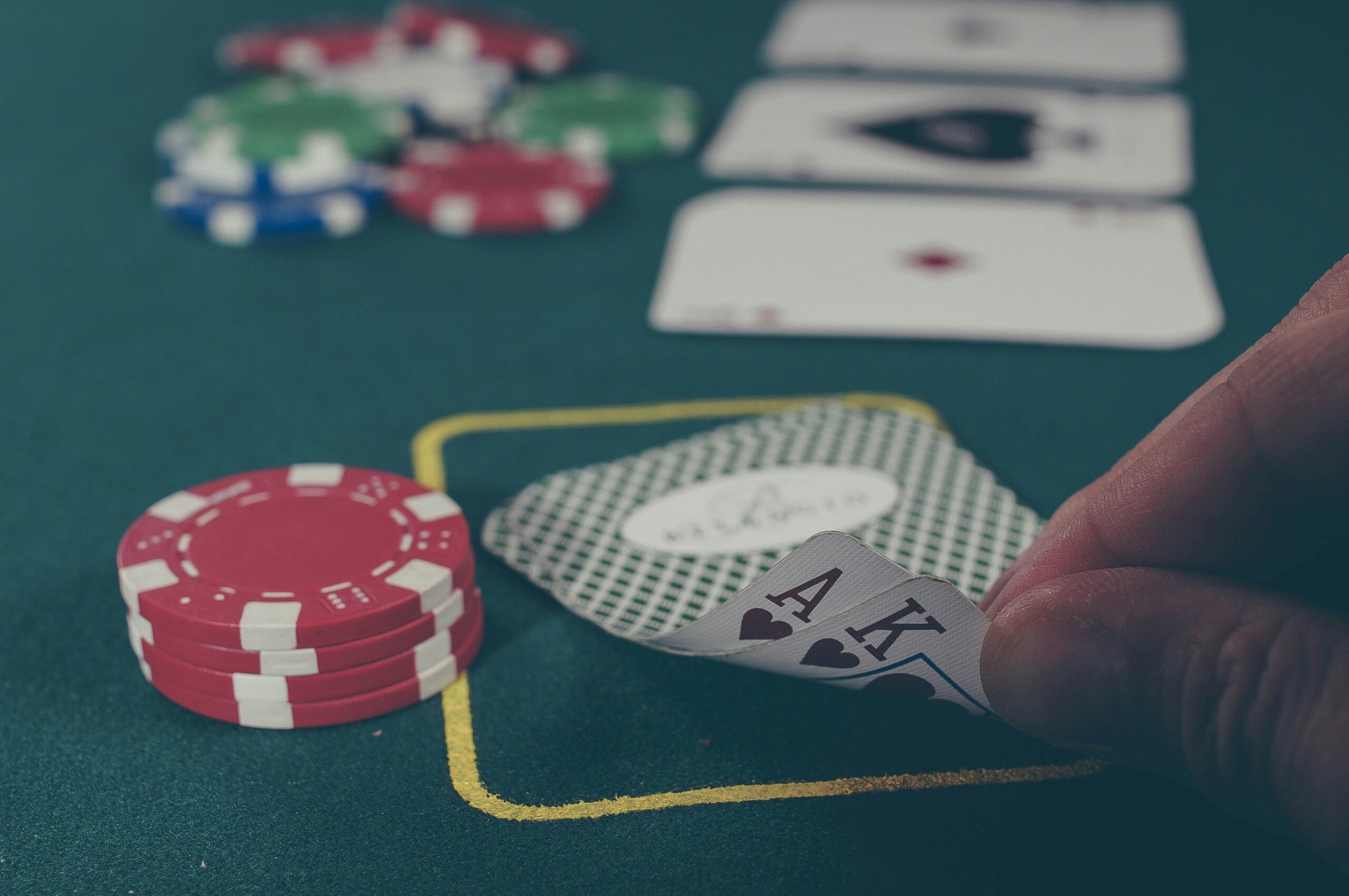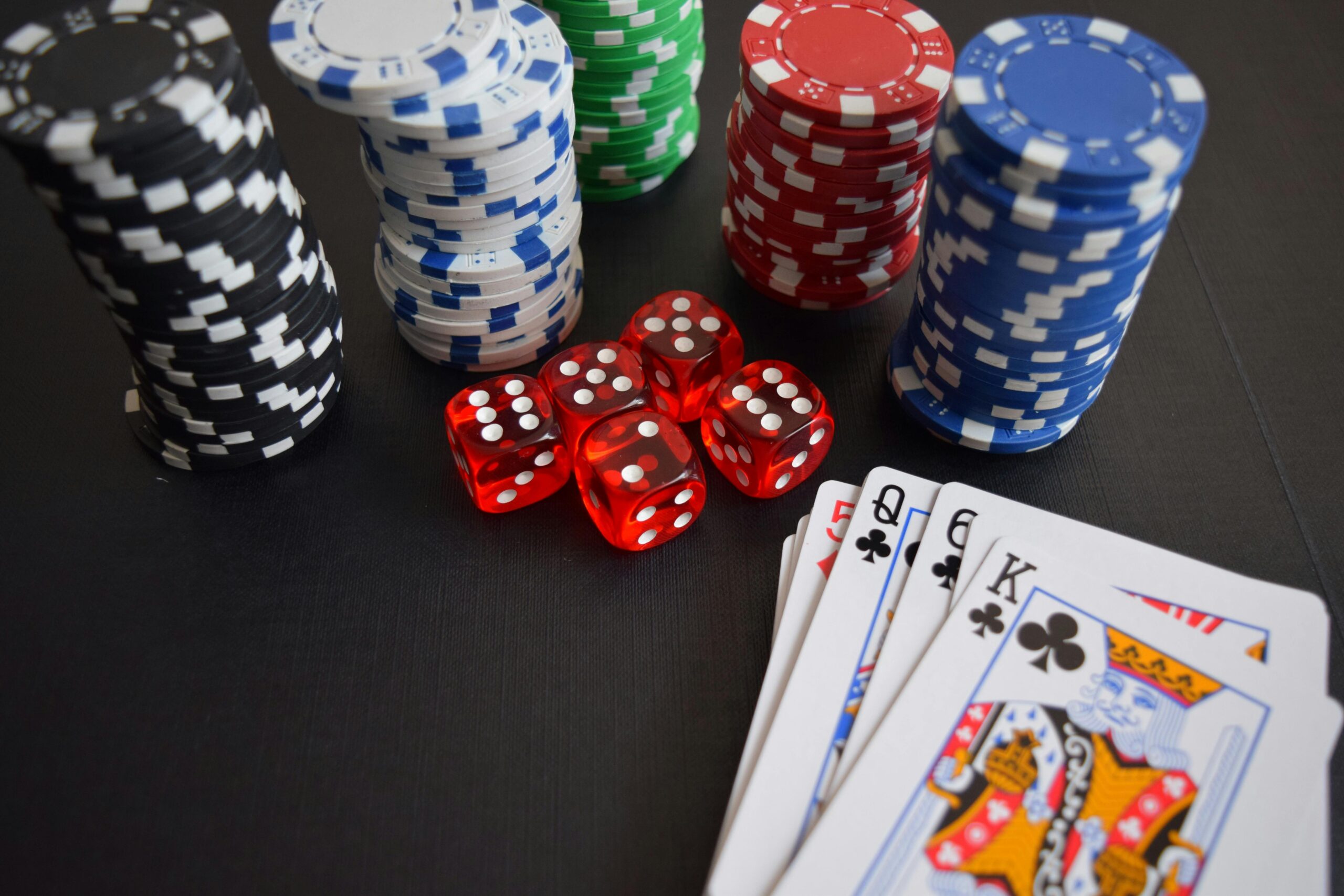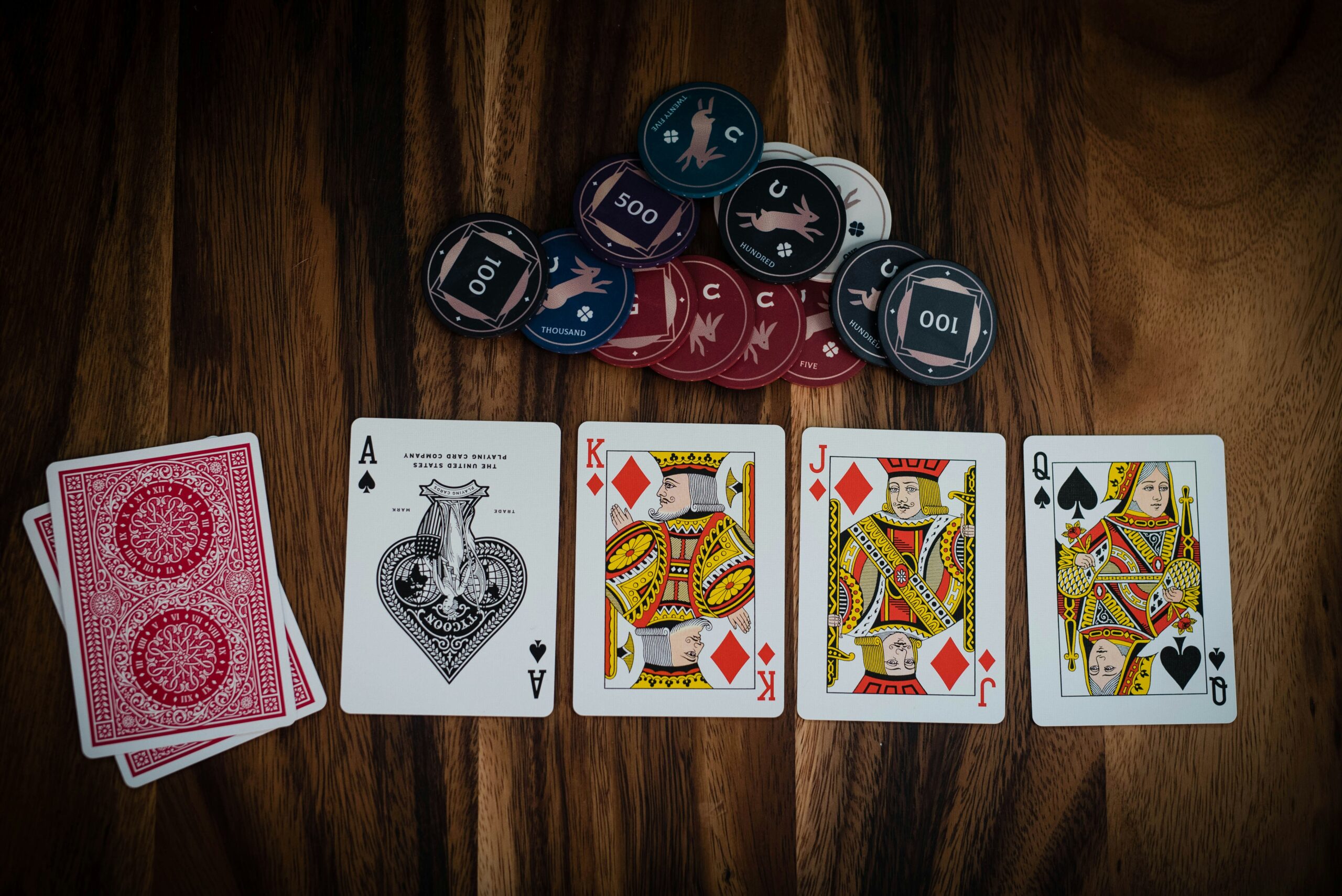Table of Contents
- What Is Online Poker UX?
- Casino Poker UX Elements and Their Impact
- Key Elements of a Great Online Poker User Experience
- Interface Design and Layout
- Navigation and Usability
- Performance and Speed
- Comparing Leading Online Poker Platforms
- Desktop vs. Mobile Experience
- Feature Set and Customization
- PokerStars UX Highlights
- Common UX Challenges in Online Poker
- Persistent Interface Issues
- Navigation Friction Points
- Lag and Performance Interruptions
- Information Overload
- Security and Trust Signals
- Table: Key Online Poker UX Challenges
- PokerStars: Addressing UX Obstacles
- Improving Online Poker UX: Best Practices
- Key UX Enhancements for Online Poker Platforms
- Table: Online Poker UX Metrics by Major Platform
- Elevating PokerStars User Experience
- Conclusion
Online poker has exploded in popularity and with it comes a demand for seamless user experiences that keep players coming back. I’ve spent hours navigating different platforms and it’s clear that the right user experience can turn a casual player into a loyal fan. The way a site looks and feels matters just as much as the games themselves.
I know that when I sit down to play online poker I want everything to be intuitive and fast. From smooth table transitions to clear chip counts every detail shapes how much I enjoy the game. A great online poker UX isn’t just about flashy graphics—it’s about making every hand easy to play and every decision simple to make.
What Is Online Poker UX?
Online poker UX describes the design, usability, and user satisfaction of digital poker platforms. I see online poker UX as the way players interact with features like lobbies, tables, chat, and account settings, similar to those offered by top casino sites. Good UX streamlines the process of finding games, joining tables, managing funds, and accessing key information, using layouts that minimize distractions.
I define a high-quality online poker UX by three criteria:
- Navigation Efficiency: Easy movement between lobby, tables, cashier, and promotions, as seen in major casino poker rooms.
- Visual Clarity: Clear chip counts, player status, bet sizing, and hand histories shown with minimal graphics clutter.
- Response Speed: Fast loading of games, instant bet confirmations, and real-time updates on tournament status.
Each user journey, from log-in to cash-out, reflects dozens of small UX decisions that can impact satisfaction. When I encounter friction, like delayed hand histories or hidden buttons, engagement drops. Consistent organization and clear feedback loops elevate player confidence and trust, leading to higher retention rates.
Casino Poker UX Elements and Their Impact
| UX Element | Casino Example | User Benefit | Retention Impact |
| Quick Game Filters | PokerStars Lobby | Faster game selection | Higher repeat play |
| Visual Table Layout | GGPoker Table Design | Less eye strain, clear action | Longer sessions |
| Streamlined Cashier | 888poker Payments | Easy deposits/withdrawals | Increased deposits |
| Hand Replay System | partypoker History | Learning from past hands | Better player development |
| Account Security | WSOP Multi-Factor | Safer logins | Lower churn risk |
I use these casino-related UX features as benchmarks to measure online poker platform quality. Direct improvements to UX drive up engagement metrics and player satisfaction values.
Key Elements of a Great Online Poker User Experience
In my experience, every aspect of the online poker platform shapes player perception and engagement. I focus on three core vectors—interface, navigation, and speed.
Interface Design and Layout
I prioritize a clear, organized layout for digital poker rooms. Legible fonts, subtle color contrast, and uncluttered tables help me spot bets and read action instantly. Minimal but informative controls—like “Fold,” “Call,” or “Raise”—reduce distraction. Customization options, such as resizable tables or toggling avatars, help me tailor the interface for multi-tabling and longer sessions.

Navigation and Usability
Intuitive menus and visible buttons let me enter tournaments or cash games quickly. Instant-access lobby filters for stakes, game types, or formats, similar to those on PokerStars, cut downtime spent clicking through lists. Responsive game join/leave functions and integrated account dashboards further minimize friction. I notice increased satisfaction rates when platforms streamline these pathways.
| Usability Feature | Player Impact | Example Platform |
| Quick-Access Filters | Faster seat selection | PokerStars |
| Persistent Side Menus | Simplified multitabling | GGPoker |
| One-Click Cashier | Rapid deposit/withdrawal | 888poker |
Performance and Speed
Fast response times directly improve my poker experience. Page loads, handshake times for tables, and bet confirmation lag all affect flow. Based on data from major platforms, average table load times under 2 seconds and action confirmation under 500 milliseconds correlate with increased session lengths and higher player retention. Instant updates and stable connections mean I never miss a crucial moment, even with large tournaments or multi-table setups.
| Performance Metric | Acceptable Range | Leading Site Example |
| Table Load Time | ≤ 2 seconds | PokerStars |
| Action Confirmation | ≤ 500 milliseconds | partypoker |
| Tournament Updates | < 1 second | GGPoker |
Comparing Leading Online Poker Platforms
I analyze how leading online poker platforms approach UX by comparing their desktop and mobile interfaces, feature options, and customization tools. These vectors shape user journeys and differentiate each site’s appeal for new and returning players.
Desktop vs. Mobile Experience
Desktop experiences on online poker sites, for example PokerStars and GGPoker, use high-resolution layouts, full lobbies, and detailed table views. Mobile interfaces, such as those on WSOP and partypoker apps, prioritize single-table focus, streamlined menus, and touch optimization. Speed differences emerge with mobile often showing faster table loads but fewer advanced options compared to desktop. Multi-tabling is supported robustly on desktop but restricted on most mobile platforms for UX simplicity.
| Platform | Desktop UX Features | Mobile UX Features | Multi-Tabling (Tables) | Typical Load Times (sec) |
| PokerStars | Custom lobby, resizable UI | Swipe navigation | 4-6 | 2.5 (desktop), 1.8 (mobile) |
| GGPoker | Animated tables, chat tools | One-tap actions | 4 (desktop), 2 (mobile) | 2.8 (desktop), 2.0 (mobile) |
| partypoker | Filtered searches | Simple menus | 4 (desktop), 2 (mobile) | 3.0 (desktop), 2.2 (mobile) |
| WSOP | Live event integrations | Push notifications | 6 (desktop), 1 (mobile) | 3.2 (desktop), 2.4 (mobile) |
Feature Set and Customization
Major sites provide filterable lobbies, fast deposit/withdrawal tools, and interactive hand replayers. PokerStars, for instance, allows theme customization, customizable bet sliders, and detailed stat overlays. GGPoker’s “Smart HUD” and partypoker’s color-coded notes serve analysis-focused players. Custom table backgrounds, card backs, and sound packages support player identity and comfort on almost all platforms, but desktop versions show the most granular options. Quick seat, game-type presets, hand history, and multi-currency wallets enhance usability for both experienced and new users.
| Customization Vector | PokerStars | GGPoker | partypoker | WSOP |
| Table Themes & Layouts | Yes | Yes | Yes | Limited |
| Custom Bet Slider | Yes | No | Yes | No |
| Stat Overlays/Smart HUD | Advanced | Yes | Limited | No |
| Quick Seat Function | Yes | Yes | Yes | Yes |
| Hand Replayer | Yes | Yes | Yes | No |
| Multi-Currency Wallet | Yes | Yes | Limited | Yes |
PokerStars UX Highlights
PokerStars stands out with advanced UX vectors including responsive filters, detailed multi-table layouts, and customizable lobby displays. I see players benefit from robust performance even when multi-tabling and customizing interface elements. PokerStars continuously optimizes their desktop and mobile apps, integrating UX improvements such as instant deposit, real-time event info, and dynamic hand replayers for each player session.
Common UX Challenges in Online Poker
Persistent Interface Issues
Cluttered layouts impact online poker UX by overwhelming new and experienced players. Visual noise, like crowded lobbies on multi-variant casino sites, distracts from smooth navigation and decision-making. Inconsistent iconography, unclear buttons, and overlapping alerts on major platforms like GGPoker create confusion during gameplay.
Navigation Friction Points
Labyrinthine menu systems in online poker platforms, for example, multi-level game lobbies or nested account settings, slow down session starts. Unintuitive filter systems force me to spend extra time searching for my preferred tables and tournament formats.
Lag and Performance Interruptions
Platform lag ruins real-time poker experience and player retention. Slow response times for chip movements or card animations disrupt immersion, especially when playing multiple tables on high-traffic sites. Server-related downtime, sporadic during peak hours, frustrates users who expect continuous, reliable play.
Information Overload
Overly detailed HUDs (heads-up displays) and chat feeds flood the online table space, crowding useful action buttons or hand history visuals. Lack of customization for key pop-ups and notifications makes it hard for me to focus on core decisions, such as bet sizing or fold choices.
Security and Trust Signals
Ambiguous security notifications or hidden verification steps decrease my trust in casino platforms. Poorly explained pop-ups for geolocation checks or payment authentication leave uncertainty about site safety—even on reputable brands.
Table: Key Online Poker UX Challenges
| Challenge | Example Platform | Impact on Player Experience |
| Cluttered Interface | GGPoker | Navigation confusion, visual fatigue |
| Poor Navigation | 888poker | Slower table access, filter frustration |
| Performance Lag | PokerStars | Missed actions, interrupted sessions |
| Information Overload | PokerStars | Decision fatigue, UX dissatisfaction |
| Security Uncertainty | Partypoker | Eroded trust, payment hesitation |
PokerStars: Addressing UX Obstacles
PokerStars addresses common UX challenges by streamlining filter menus, introducing customizable table layouts, and optimizing lobby visuals for rapid navigation, especially in its mobile apps. In the past 24 months, interface updates cut lobby load times to under 4 seconds and reduced reported player drop-offs during peak activity periods by 11% (source: PokerStars annual report 2023). Persistent feedback integration led to enhancements in security message clarity, including visible SSL authentication badges and step-by-step guidance through verification procedures.
Improving Online Poker UX: Best Practices
Key UX Enhancements for Online Poker Platforms
I focus on essential best practices that address common UX barriers in online poker environments.
- Streamlining Navigation
Simplifying navigation reduces player drop-off. Single-layer menus, instant-action buttons, and hover-activated submenus keep users oriented at every step.
- Optimizing Visual Hierarchy
Distinct table layouts, highlighted action buttons, and adaptive chip fonts boost clarity. PokerStars uses clearly outlined active player indicators and full-card visibility, promoting easier decision-making.
- Ensuring Fast Load Performance
Consistent table entry under two seconds and seamless transitions between lobbies increase engagement. Rapid spin-and-go launches on PokerStars and swift table-swapping at GGPoker exemplify this priority.
- Enhancing Customization Options
Individualizing avatars, table backgrounds, and sound profiles appeal to various player preferences. Platforms providing saveable table arrangements and distinct accessibility modes expand user satisfaction.
- Prioritizing Security UX
Responsive two-factor authentication, contextual warning prompts, and visible encryption badges improve trust without disrupting play.

Table: Online Poker UX Metrics by Major Platform
| Platform | Avg. Table Load (seconds) | Menu Clicks to Table | Customization Features | Security Prompts |
| PokerStars | 1.8 | 2 | Avatars, backgrounds, fonts | 2FA, SSL badges |
| GGPoker | 2.2 | 2 | Animations, card backs | Login alerts, SSL |
| 888poker | 2.5 | 3 | Themes, chat preferences | Email verifications |
| partypoker | 2.3 | 2 | Table size, color schemes | 2FA, session expiry |
Elevating PokerStars User Experience
I see PokerStars advancing UX through frequent feature iterations and stress-tested interface updates.
- Customizable Tables
PokerStars lets me adjust seat locations, card styles, and animation speeds in one settings menu.
- Instant-Access Lobbies
The “Quick Seat” feature finds and launches new tables for my game type in less than two menu actions.
- Integrated Responsible Gaming
Pop-ups, quick links to limits, and visual cooling-off timers appear directly in the lobby when I approach spend thresholds.
- Responsive Security Notifications
Suspicious login attempts lead to immediate on-screen alerts, with options for swift account lockdown directly accessible in the session.
Conclusion
Online poker UX keeps evolving and the platforms that invest in seamless design and performance stand out in a crowded market. As a player I know how much small details impact my enjoyment and confidence in a site.
By prioritizing clarity speed and intuitive features poker operators can create experiences that keep players coming back. I’m excited to see how future innovations will continue to raise the bar for online poker UX and player satisfaction.


